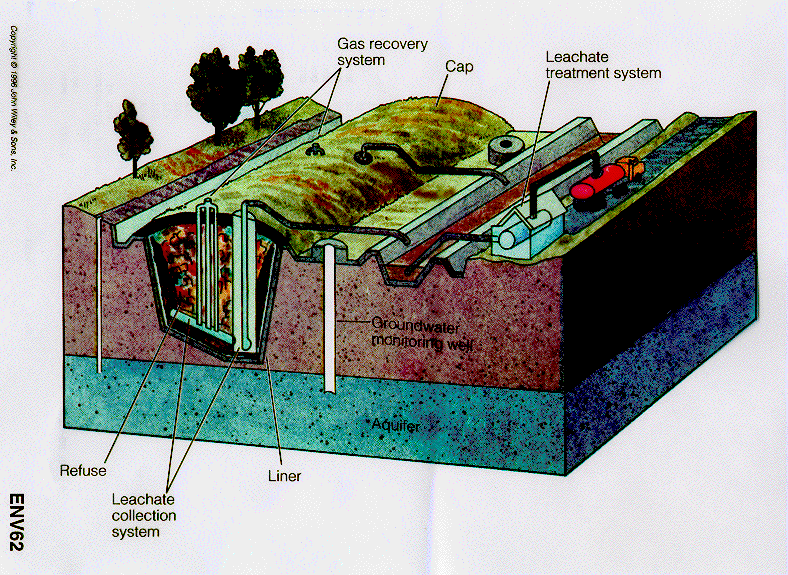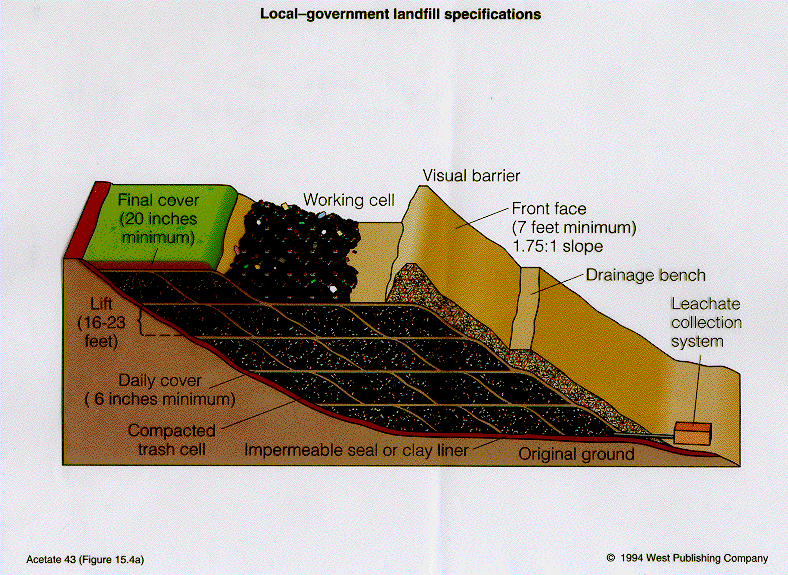

Electricity, Groundwater Flow and Leak Detection in Landfill Liners
An Environmental Geology Laboratory Developed by: Dr. Gregg Bluth, Michigan Technological University Objectives Demonstrate and learn about the similar properties of electrical and fluid flow. Analyze systematic measurements and learn how to draw contour lines and flow paths. Apply the above techniques to an environmental geology problem - that of locating landfill liner leaks quickly and efficiently through geophysical analysis. Introduction This laboratory was originally designed for an introductory environmental geology course. Waste management, pollution prevention systems, and groundwater systems are all interrelated, and so this laboratory would fit with any one of these topics. The main focus of this lab is to demonstrate how basic science principles, for example electrical flow, can be adapted to study natural systems and thereby provide valuable and unique information. Ideally, this lab would form part of a unit including theory (text and lecture), laboratory (modeling experiments), and field observation (trip to landfill). Landfills are designed to contain manmade waste products and isolate them from the environment. They are typically constructed with a layer of some type of synthetic membrane or lining under its base. This is a technically difficult process to install and most landfill systems develop leaks resulting from incomplete seams on the liner and weaknesses in the liner itself. Once the landfill is in use, the liner can also become damaged from loading and settling. If the leakage is severe, the liner must be repaired. The problem is, how to find the leak? A
Part I: The Voltmeter......................................................................pg 2
Part II: Properties of an Electrical Circuit .....................................pg3
Part III: Landfill Leak Testing .......................................................pg5
Part IV: Analyzing the Data ...........................................................pg 6
Lab Equipment Kit List.................. ................................................pg 9
Answers............................. .............................................................pg 10

